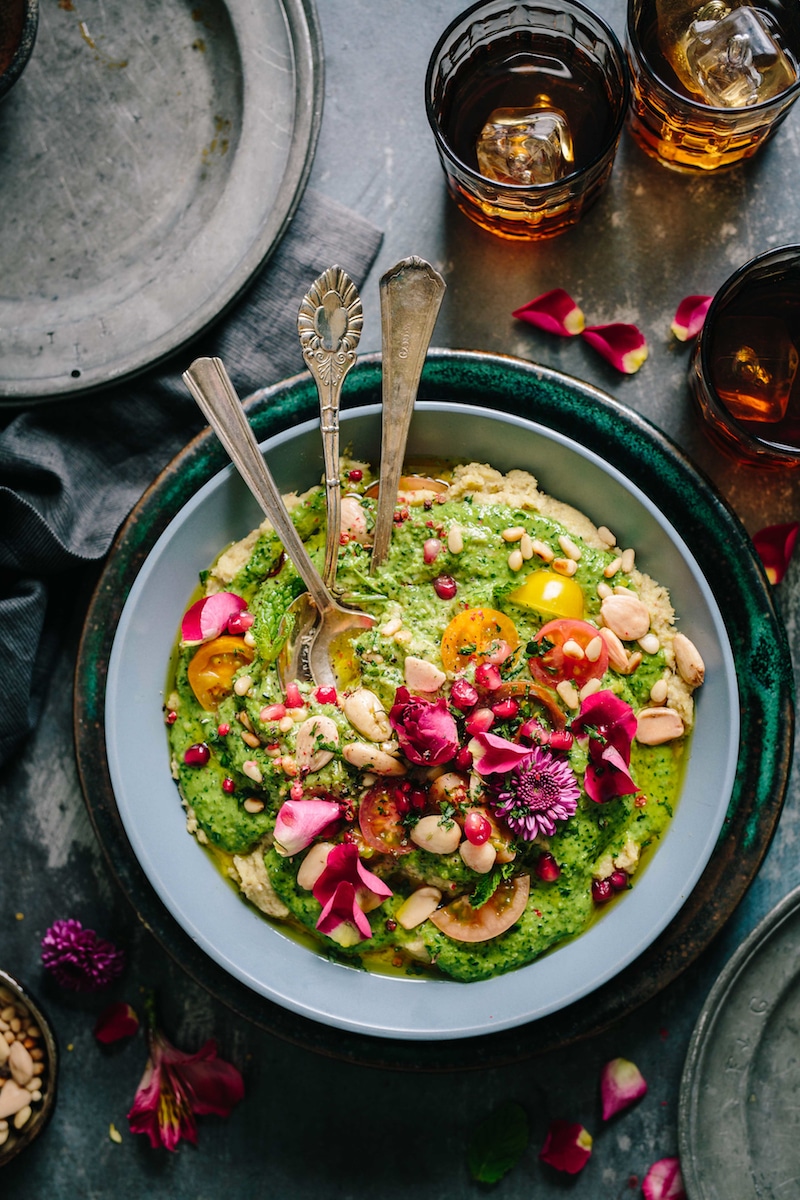This is a guest post from Kenden Alfond.
I distinctly remember getting off the plane in Chennai, India for my first overseas position as an American Jewish World Service volunteer. I was 28 years old, it was 3 AM, and the NGO forgot to pick me up.
I sat on the curb for an hour and half, waiting for my ride. Strange as it sounds, it was one of the happiest moments of my life. I’d followed my instincts and headed overseas to work; that was ten years ago.
One of the most surprising, healing benefits of my international aid work is how it has impacted the way I think about food. I’ve seen a lot of people suffering from hunger and malnutrition in the countries where I’ve worked – and I don’t want to trivialize that suffering by writing about my privileged experience.
I do, however, believe that life is filled with learning experiences and what I’ve learned in these countries could be helpful to anyone – regardless of where you live. You don’t need to move to Chennai to create a new relationship with food!
Here are four things that changed for me once I left the U.S. (and four ways you can make similar changes without leaving home):
1. No more food chatter
At home, I was surrounded by people just like me, people who were food scared, food crazy, or food fighters (you know, the people who shame you for eating bread.)
But life in a new country replaced those conversations with talk of different, more important things. Looking back, I can see how all the negative talk about food just created a lot of anxiety.
How you can do this at home
You get to control what you talk about and who you talk to; you can choose to remove food anxiety and neuroses as conversation topics. If someone brings it up, politely redirect the conversation to something positive. If you have a particularly food-obsessed friend, schedule activities with them that aren’t food-related – a yoga class, a long walk, or a concert.
2. For the love of starches
At home I (and lots of women I knew) lived in fear of carbohydrates and starches. We’d pick the croutons off our salads and eat the verde half of the pasta verde. In India, Afghanistan, Democratic Republic of Congo, and in Cambodia where I live now, I see fit, healthy people eating starches every day. Rice, corn, beans, potatoes, and sweet potatoes are cornerstones of their diets. People eat until they’re satisfied and that is that.
Slowly but surely, I’ve started eating starches again. And you know what? I didn’t gain 15 pounds or develop a food allergy. When I go home, I notice how hungry people are because they’re not eating enough starch.
How you can do this at home
Know that whole, unrefined starches are actually good for you. A crispy-skinned baked potato will always be better for you than potato chips. A bowl of steamed brown rice is so much better for you than those ranch-flavored rice cakes. Experiment with adding a few unprocessed complex carbohydrates back into your diet and enjoy that full feeling.
3. Meat, fish, and dairy are condiments – not the focal point of the meal
In America, we think nothing of eating an eight-ounce steak or a cup of Greek yogurt for breakfast. But in many developing countries, people use these same foods as flavoring agents and their meals are healthier because of it.
They top vegetable-filled pho with a small handful of shredded beef or top their curry with a dollop of yogurt. In many of these countries, these dietary decisions are based on financial, cultural, or religious constraints, but we could all probably benefit from eating slightly less meat and dairy.
How you can do this at home
What if you went meatless for one meal each week? Or topped your salad with a beautiful baked yam instead of cheese? Or made your tacos with heaps of roasted vegetables and just a bit of shredded chicken? It’s healthier, cheaper, and just as delicious.
4. Meal time as a resting place
In the U.S., cooking and eating were functional activities for me. Too often, I ate alone or standing up at my desk. I snacked in the car, drank my calories, or ate snacks instead of meals. There was so much rushing.
But once I moved away, I was forced to share meals with others, to share cooking and eating. I was forced to relax and experience mealtime as a resting place.
How you can do this at home
Making meals special looks different for everyone; you don’t need cloth napkins or fine china! I make my meals special by making them slow, intentional, and social. I sit down while I eat, take my time while I cut vegetables, ask my family to help me cook and even light a candle at the breakfast table. I do all this because it feels better; it makes me feel calmer and more connected.
That night I landed in Chennai I had a lot of expectations.
I expected to be challenged.
I expected to learn.
I didn’t expect to create a new relationship with food – but I’m so, so glad I did.


